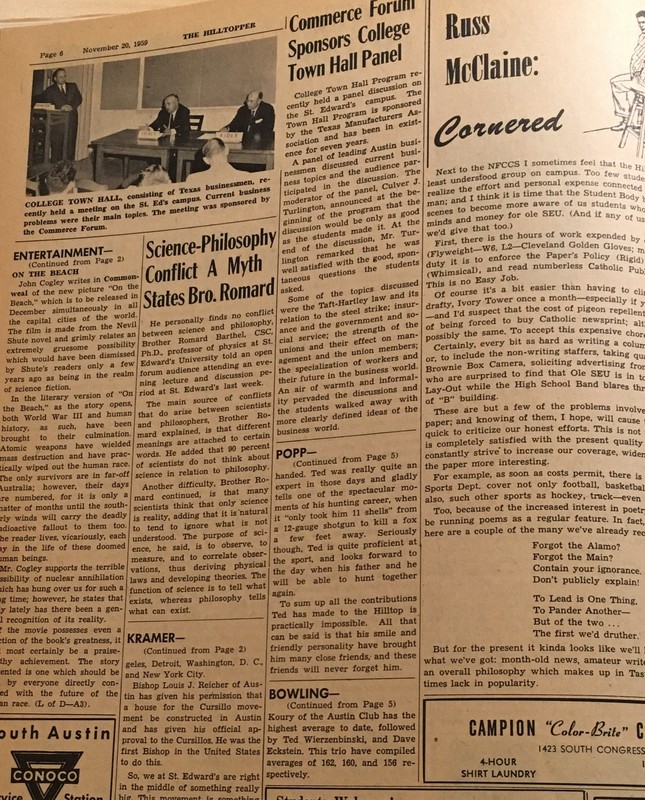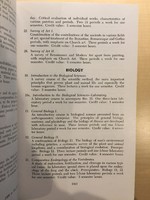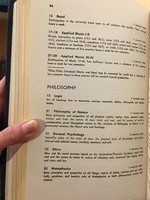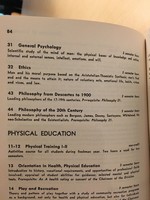Curriculum Expansion: Eclipsing Catechism
The Second Vatican Council’s stance on education was a radical departure from the heavy emphasis put on the traditional Aristotelian-Thomistic material recycled through the centuries. Surrounded by mega-universities devoting federal grants to hard sciences and innovation, St. Edward’s was a small, private liberal arts university, alienated even further from mainstream higher education with its allegiance to the Church. Come 1962, however, the restraints keeping the limited curriculum locked in place were severed. Catholic educators began to seek “deeper realization of the harmony of faith and science,” and widened the horizons for their studies of theology and philosophy.[1]
Attempting to enter the modern era with its education, the Church had to face some of the more controversial conflicts between science and religion. In just the six years from 1958 to 1964, Vatican II’s impact is evident in the cultivation of St. Edward’s biology department. Originally only consisting of a handful of classes examining the structure of cells and organisms, the later-released course listings show a much more diverse collection of classes, including an entire lab period dedicated to evolution [2,3]. The progression to embracing science within a larger frame of Catholicism was only possible with the catalyst effect of Vatican II.
Right in line with Brother Daly’s memory of Dominican priests joining the faculty in the '50s and early '60s, the catalogues documenting each year’s courses and educational requirements show a particular focus given to Thomistic teachings in the philosophy classes available; the matters of the human soul and moral values were based in Catholic ideology rather than taken with a more secular view of mankind [2,3]. By 1963, however, secular philosophy had been introduced into the curriculum in the form of classes like “Philosophy of Nature,” “Philosophy from Descartes to 1900,” and “Philosophy of the 20th century” [4,5].




